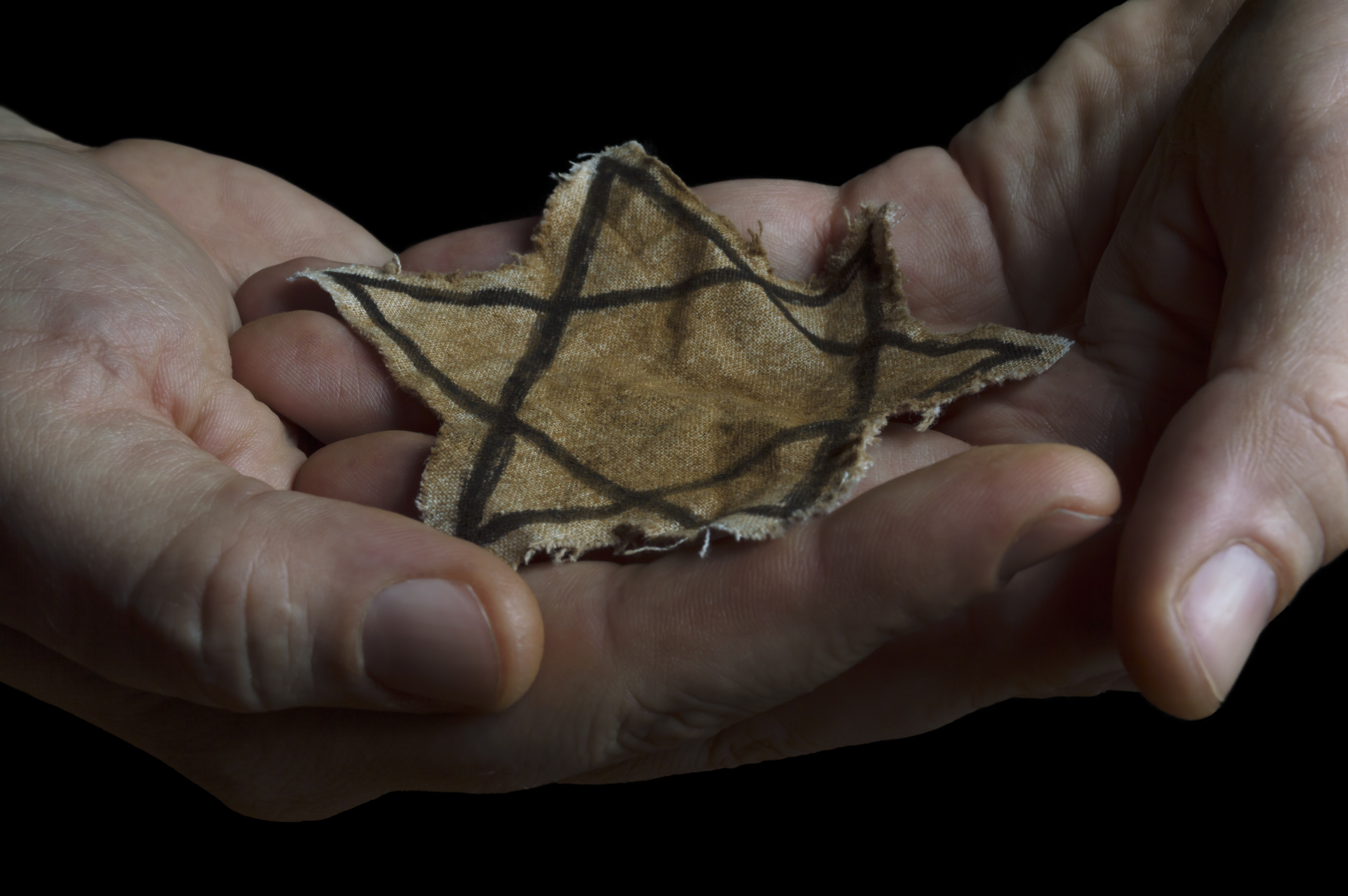
By now, we are all familiar with the Holocaust. The mass murder of over 6 million Jewish people and 6 million more non-Jewish people by the Nazis during World War II is one of the most significant events in human history. Because of its significance, the tragedy appears in social studies textbooks and curriculums across the world. This event must be taught in schools, as it is a stark reminder of how far pure hatred can go if it is left unchecked.
That being said, how does a teacher even begin to encompass something of this magnitude? The Holocaust is more than just another piece of history to read about in a textbook. It is more than a small event in the wider scope of World War II. How do we give this event the attention it deserves? Can we even begin to do justice to the victims of this event through our teaching?
While this may seem insurmountable, it is very possible to teach the Holocaust in a manner that does justice to its victims and to the event itself. The first obstacle that you will have to conquer when teaching about the Holocaust is motivation. How can we motivate students to take this event seriously? Like with any history material, you must make connections between the past and the present.
Making Connections
The Holocaust is an example of extreme hate and prejudice. This makes it easy to make a connection to some modern (and past) examples of prejudice all around the world. Some examples include:
- The Civil Rights Movement
- Jim Crow Laws
- The Armenian Genocide
- Japanese-American Internment during WWII
- Police Brutality against African-Americans
Making these connections is key to helping students understand that prejudice exists today just as it existed back in World War II. This will also engage students that may not have an interest in Social Studies. Once the connections have been made, you have to humanize the event. Teachers can use teaching about the Holocaust as a jumping off point in the classroom as this instructional strategy can be applied to any historical event.

Humanizing the Holocaust
Like any historical event, the Holocaust involved millions of people. These people were victims of genocide on a massive scale, and those that survived (and some of those who didn’t) were able to tell their stories to the world. The following examples are some books that teachers can read excerpts from, or use as the basis for a lesson (or unit) on the Holocaust:
- Diary of a Young Girl by Anne Frank
- Crystal Night: November 9-10, 1938 by Rita Thalmann and Emmanuel Feinermann
- Someone Must Survive to Tell the World by Tosia Schnieder
- Torn Thread by Anne Isaccs
- Night by Elie Wiesel
- The Boy in the Striped Pajamas by John Boyne
You can also use documentaries with personal accounts to provide a visual aid to students. The United States Holocaust Museum has a virtual field trip (with a lesson plan) that teachers can access here. Speaking of museums, teachers can access a host of primary source images from the Library of Congress or other archive collections to provide another avenue for a visual representation of the Holocaust.

Primary Source Images
There are countless primary source images of the Holocaust from an array of sources. A quick Google Image search will give you everything you might need; however, images of the Holocaust can range from violent to traumatic, so it is important to make sure that teachers preview any images before they are show to students. Several archives and museum websites will be necessary for educators to use while teaching about the Holocaust. Here are some websites that you can use:
- United States Holocaust Museum Holocaust Narrative Photos: https://www.ushmm.org/m/pdfs/USHMM-Holocaust-Narrative-Photos.pdf
- The Jewish Virtual Library Holocaust Photos: https://www.jewishvirtuallibrary.org/holocaust-photographs
- Wiener Holocaust Library Photo Collection: https://wienerholocaustlibrary.org/object_type/photograph/
The combination of images, personal accounts, and making connections to the present allows teachers to humanize the Holocaust and help students understand the gravity of what took place. There is one more thing that you can do to drive the lesson home: emphasis.
Emphasis
This may seem obvious, but many teachers miss using the teaching strategy of emphasis when teaching about the Holocaust. Teachers use emphasis all the time when trying to teach a key concept, and it should be used as often as possible when teaching the Holocaust. Emphasis can be used in the following ways:
- Students silently reflect on images.
- Reiterate statistics while letting students know that each victim was a person similar to them.
- Remind students that events like the Holocaust still happened in the years following it.
- Inform students about Holocaust denial.
The Holocaust is an event that deserves to be taught. It is an event that shaped world history. It should be treated with respect and remembered. Teaching an event like this is how we ensure that it is remembered, especially as the number of survivors dwindles. These strategies and resources are merely scratching the surface of how the Holocaust can be taught. With these strategies and resources, I hope that you will be able to teach the Holocaust in such a way that gives it the respect it deserves.
Active Classroom has hundreds of secondary activities to further expand context and expose students to primary sources about the Holocaust
Try a free 30-day trial today
Brendan King is a blog contributor for Social Studies School Service. He loves the study of history and reading any historical work he can get his hands on. More importantly, he is passionate about teaching history and social studies in fun and unique ways. He earned his B.A. in History at the University of West Georgia and currently teaches 6th Grade Social Studies. His hobbies include reading, playing video games, watching movies, and exercising.
